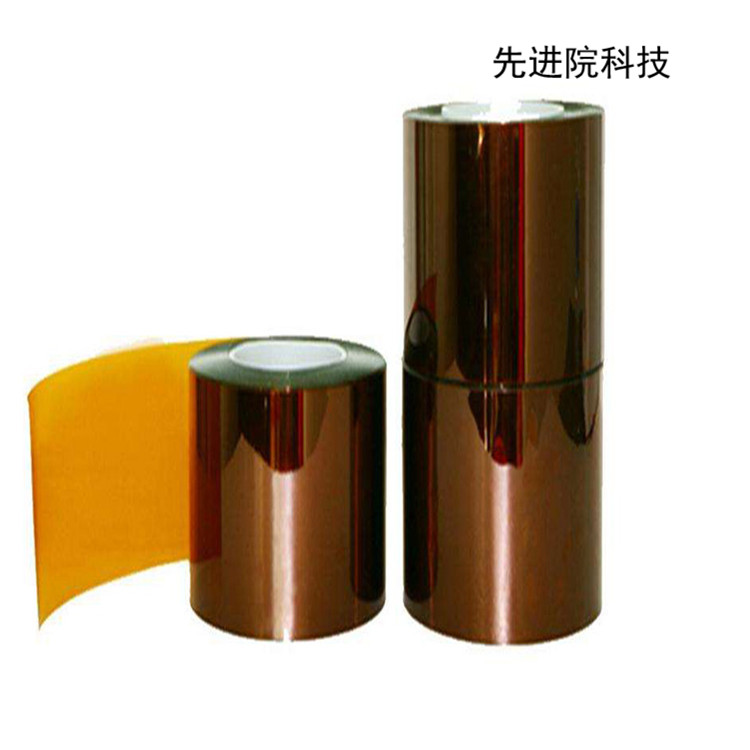

Hotline:0755-22277778
Tel:0755-22277778
Mobile:13826586185(Mr.Duan)
Fax:0755-22277776
E-mail:duanlian@xianjinyuan.cn
I believe there are many people who only understand traditional thermal conductive materials, such as Ag, Cu, A1, metal oxides such as Al2O3, and other non-metallic materials such as graphite and carbon black. They have relatively little knowledge of thermal conductive silicon film. Today, the editor of Advanced Institute of Science and Technology will take you to learn about it togetherThermal conductive silicone sheet.

With the development of industrial production and science and technology, people have put forward new requirements for thermal conductive materials, hoping that the materials have excellent comprehensive performance. In the field of electrical and electronic engineering, due to the rapid development of integration and assembly technology, the volume of electronic components and logic circuits has shrunk by thousands of times, requiring insulation materials with high thermal conductivity. In recent decades, the application fields of polymer materials have been continuously expanding. The use of artificially synthesized polymer materials to replace various materials used in traditional industries, especially metal materials, has become one of the directions of global scientific research efforts.
Thermal conductive silicone sheetIt is a thermal conductive medium material synthesized through a special process using silicone as the substrate and various auxiliary materials such as metal oxides. Thermal conductive silicone rubber is a polymer composite material that uses organic silicon resin as the adhesive material and is filled with thermal conductive powder to achieve thermal conductivity.
Organic silicon resin (basic raw material)
1. Insulation and thermal conductive fillers: organic silicon plasticizers such as alumina, magnesium oxide, boron nitride, aluminum nitride, beryllium oxide, quartz, etc
2. Flame retardants: magnesium hydroxide, aluminum hydroxide
3. Inorganic coloring agents (color differentiation)
4. Crosslinking agent (bonding performance requirements)
5. Catalyst (Process Forming Requirements)
Note: The thermal conductive silicone sheet plays a role in thermal conductivity, forming a good thermal conductivity path between the heating element and the heat dissipation device, and together with the heat dissipation fins, structural fasteners (fans), etc., forming a heat dissipation module.
Fillers include the following metal and inorganic fillers:
1. Metal powder fillers: copper powder, aluminum powder, iron powder, tin powder, nickel powder, etc;
2. Metal oxides: aluminum oxide, bismuth oxide, beryllium oxide, magnesium oxide, zinc oxide;
3. Metal nitrides: aluminum nitride, boron nitride, silicon nitride;
4. Inorganic non-metallic materials: graphite, silicon carbide, carbon fiber, carbon nanotubes, graphene, beryllium carbide, etc.
Thermal conductive silicone can be divided into thermal conductive silicone gaskets and non silicone gaskets. The electrical insulation performance of the vast majority of thermal conductive silicone is ultimately determined by the insulation performance of the filler particles.
1. Thermal conductive silicone gasket
Thermal conductive silicone gaskets are divided into many subcategories, each with its own unique characteristics. Advanced Institute Technology mainly has 11 types of thermal conductive silicone gaskets.
2. Non silicone gasket
Non silicone gasket is a material with high thermal conductivity, double-sided self-adhesive. When used in electronic component assembly, it exhibits low thermal resistance and good electrical insulation characteristics under low compression force. It can work stably at -40 ℃~150 ℃. Meet the flame retardant rating requirements of UL94V0.
The thermal conductivity of thermal conductive silicone depends on the interaction between the polymer and the thermal conductive filler. Different types of fillers have different thermal conductivity mechanisms.
1. Thermal conductivity mechanism of metal fillers
The thermal conductivity of metal fillers mainly relies on the movement of electrons, which is accompanied by the transfer of heat.
2. Thermal conductivity mechanism of non-metallic fillers
The thermal conductivity of non-metallic fillers mainly relies on phonon conduction, and the diffusion rate of thermal energy mainly depends on the vibration of adjacent atoms or binding groups. Including metal oxides, metal nitrides, and carbides.
Thermal conductivity selection
The selection of thermal conductivity mainly depends on the power consumption of the heat source and the heat dissipation capacity of the radiator or heat dissipation structure. Generally, chips with low temperature specifications, sensitivity to temperature, or high heat flux density (generally greater than 0.6w/cm3 requires heat dissipation treatment, and when the surface is less than 0.04w/cm2, only natural convection treatment is needed) require heat dissipation treatment for these chips or heat sources, and thermal conductive silicone sheets with high thermal conductivity should be selected as much as possible. The consumer electronics industry generally does not allow the junction temperature of chips to exceed 85 degrees, and it is recommended to control the surface temperature of chips to be less than 75 degrees during high-temperature testing. The components of the entire board are mostly commercial grade components, so it is recommended that the internal temperature of the system should not exceed 50 degrees at room temperature. The recommended temperature for the first appearance surface or the surface that the end customer can come into contact with should be below 45 degrees Celsius at room temperature Choosing a thermal conductive silicone sheet with a higher thermal conductivity can meet design requirements and retain some design margin.
Note: Heat flux density: defined as the amount of heat that passes through a cross-section per unit area (1 square meter) per unit time (1 second) The junction temperature is usually higher than the shell temperature and device surface temperature. The junction temperature can measure the time and thermal resistance required for heat dissipation from the semiconductor wafer to the packaging device casing.

Advanced Institute (Shenzhen) Technology Co., Ltd, © two thousand and twenty-onewww.avanzado.cn. All rights reservedGuangdong ICP No. 2021051947-1 © two thousand and twenty-onewww.xianjinyuan.cn. All rights reservedGuangdong ICP No. 2021051947-2